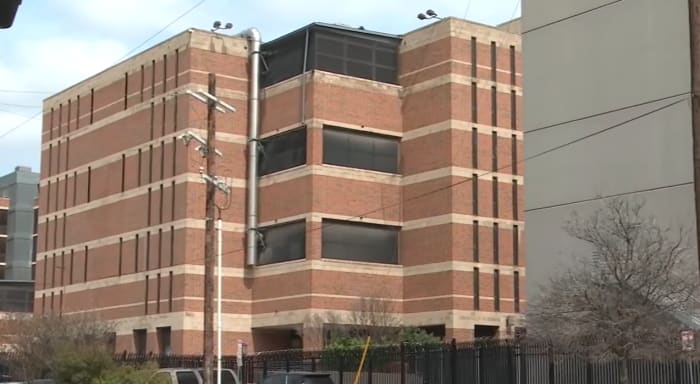It’s been a week since SpaceX launched the huge Starship rocket for the 11th time in a flight test that was widely considered a success.
The first-stage Super Heavy — the most powerful booster ever built — carried the upper-stage Ship spacecraft to space before returning to Earth and performing a controlled landing off the coast of Texas.
The Ship flew for another hour or so before making a soft landing in the Indian Ocean.
The 11th flight marked the final use of the so-called “Block 2” version of the Super Heavy, with SpaceX engineers now turning their attention to the first launch of Block 3, a similar-looking booster with increased thrust and payload capacity, structural refinements that include grid fin modifications, and system upgrades aimed at enhancing performance and reusability for longer missions.
When fully stacked, the entire vehicle will also be a touch taller, increasing from 123.3 meters to 124.4 meters.
It’s a significant upgrade, and one that’s vital for SpaceX’s Starship program. This is because Block 3 is the version that’s expected to serve as the first operational Starship capable of missions to other celestial bodies.
Indeed, it’s the Block 3 version of the Super Heavy that could potentially power a modified version of the Ship to the moon in the highly anticipated Artemis III mission, which is currently set for no earlier than 2027. Still, further modifications will be made to the rocket, so it’s possible a subsequent version could also be used.
Artemis III will involve the first crewed lunar landing since the last Apollo mission in 1972. The crew won’t, however, fly to lunar orbit aboard the Ship, instead launching in NASA’s Orion capsule aboard the SLS rocket before transferring to the Ship for the descent to the lunar surface.
A successful 12th flight will be a big boost for SpaceX as it works to meet the deadline, though it’s going to be tough.
The company has yet to reveal a target date for the 12th flight, and while there has been some speculation about it taking place before the end of this year, early 2026 seems more likely.
Next year, SpaceX is keen to move toward launching the Starship once every two weeks from its Starbase site in southern Texas, and also from the Kennedy Space Center in Florida, where it’s completing the infrastructure to handle additional Starship missions.
First Appeared on
Source link













